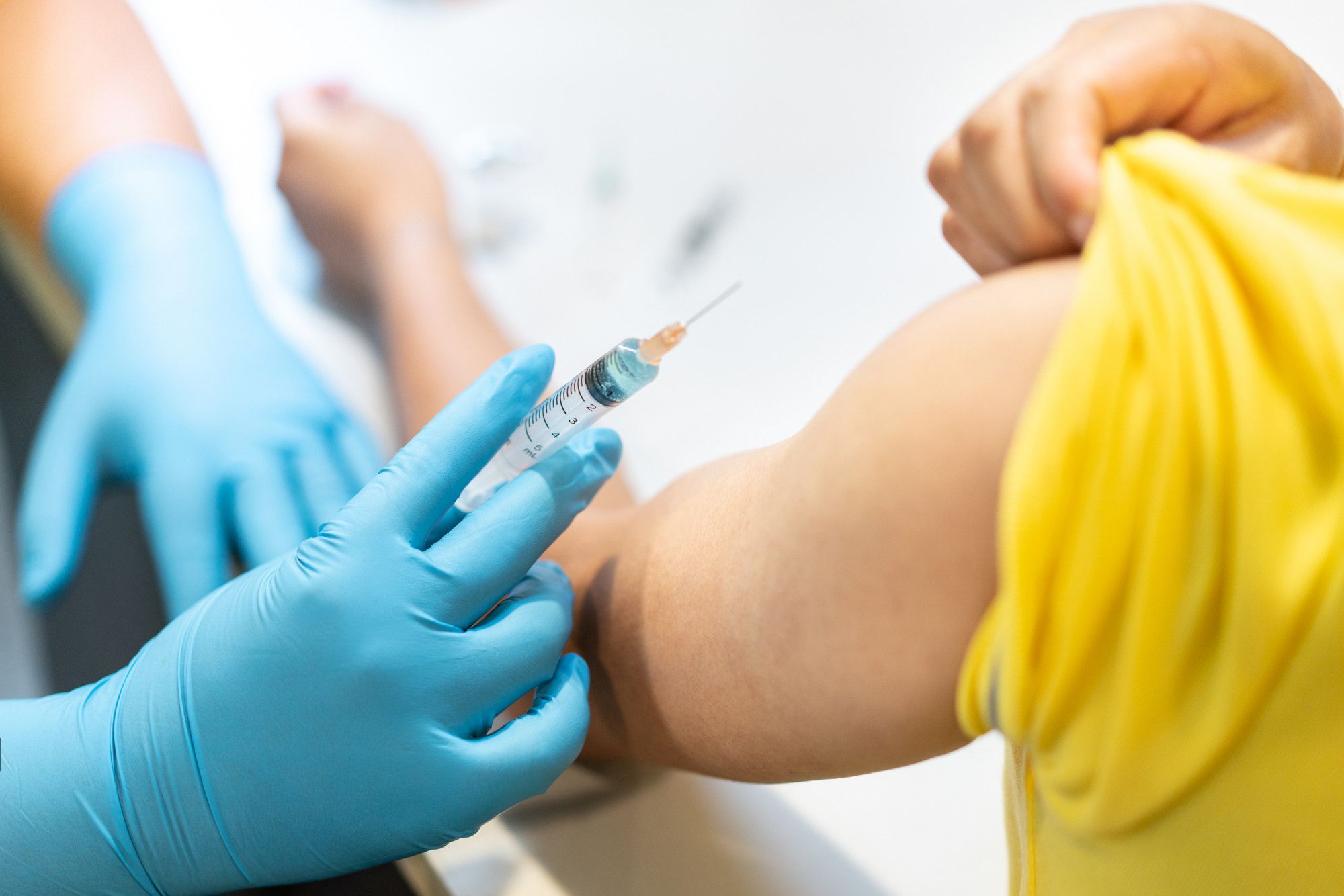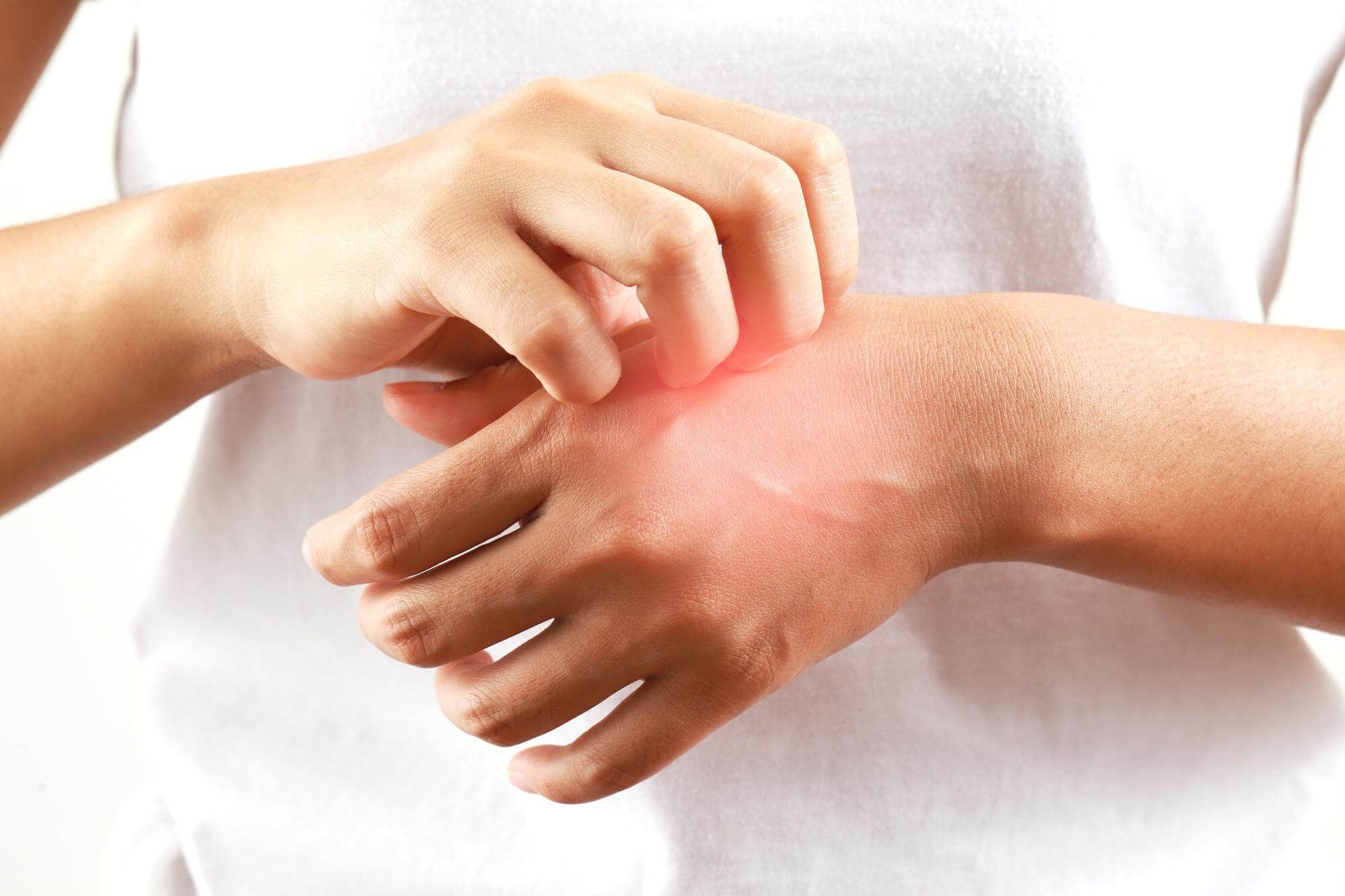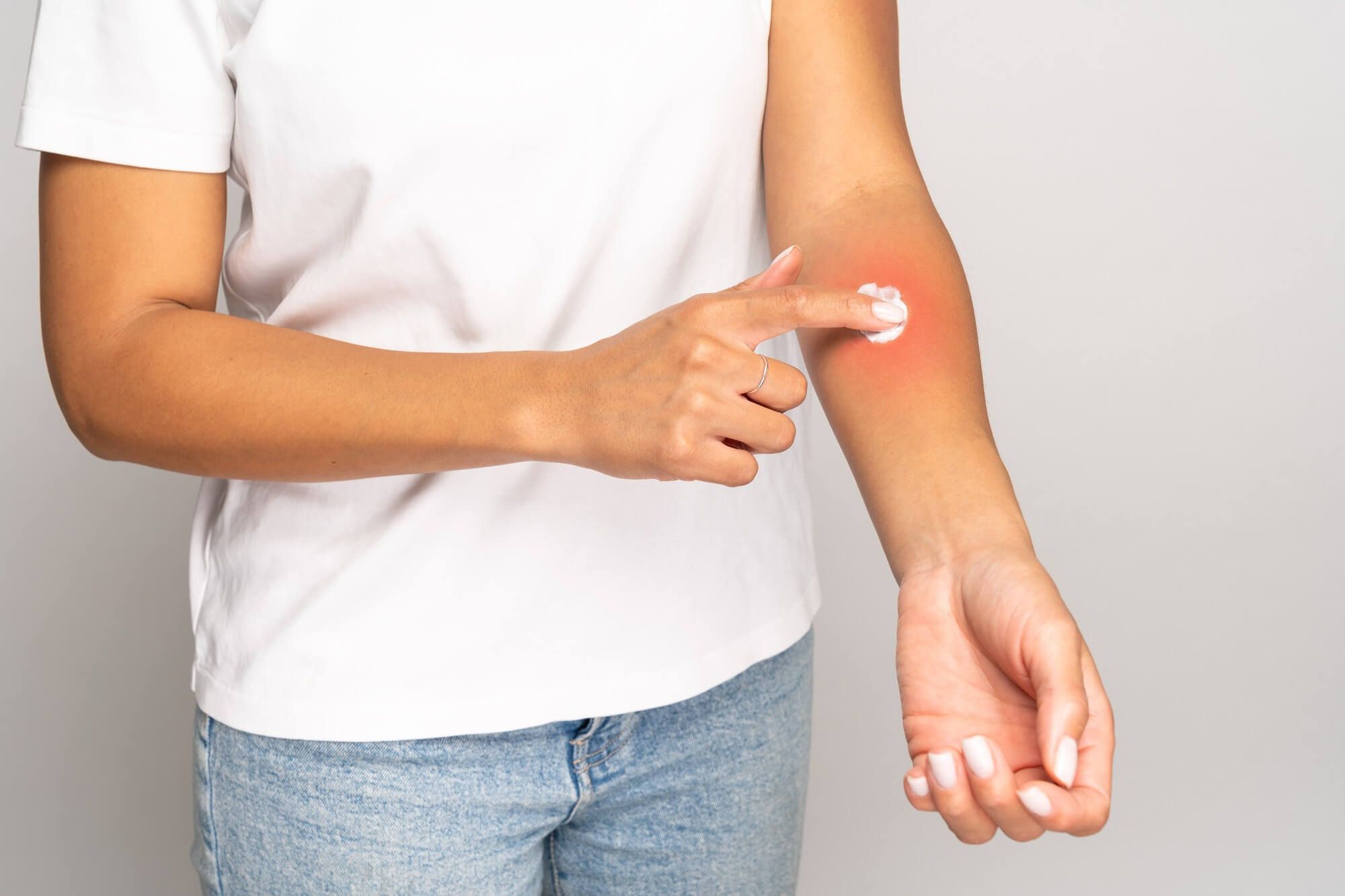Secrets of Fighting Wormwood Allergy
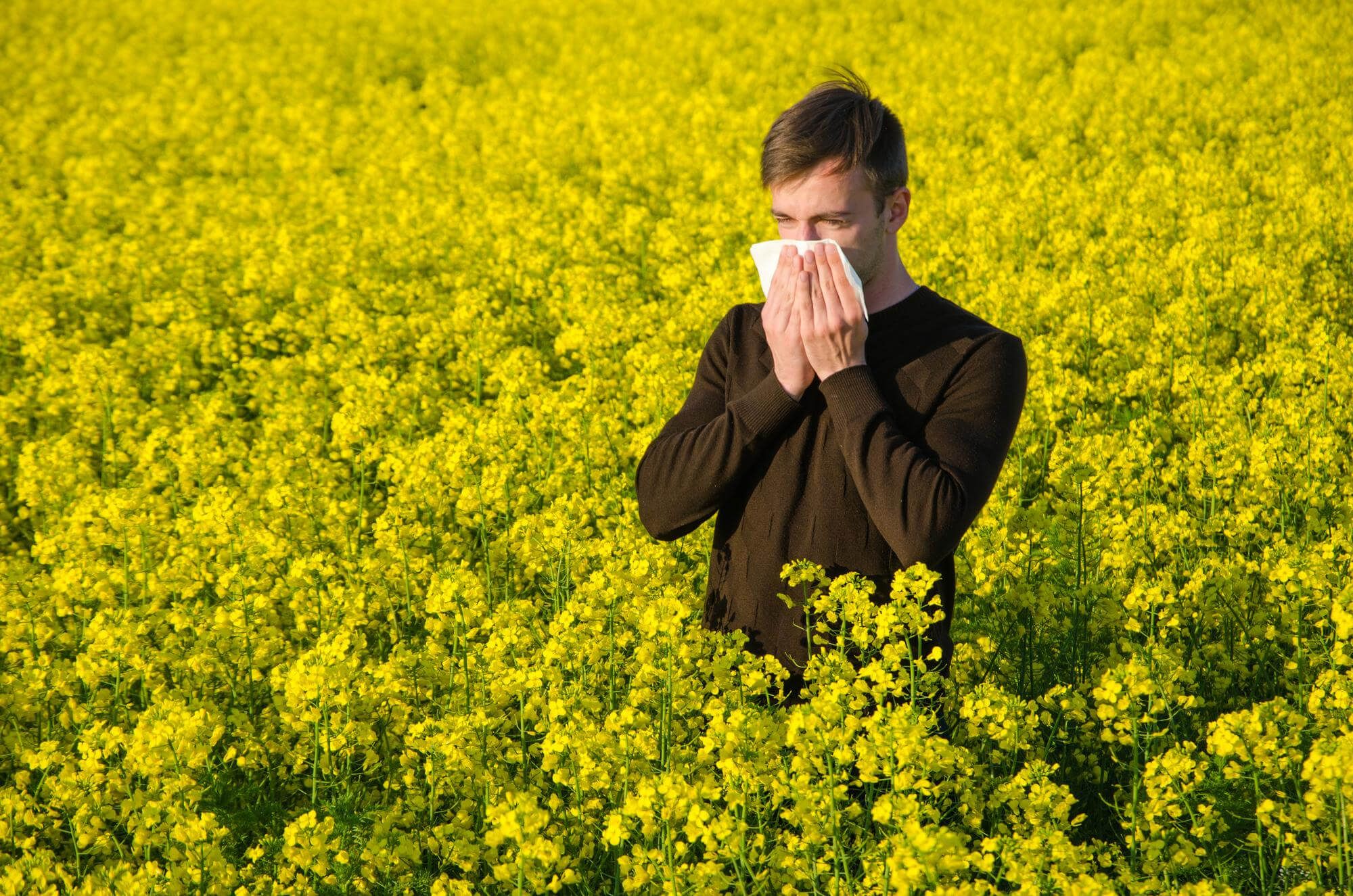

Eva Zakharova
Wormwood allergy: general information
Wormwood allergy is a fairly common disease among the population. It is important to know when wormwood blooms and how the allergy to this plant allergen manifests. The most active flowering period of wormwood begins in July and ends in September.
What is wormwood?
Wormwood is a genus of plants of the Asteraceae family, which have strong allergenic properties. The diversity of wormwood species includes more than 200 species. They are widespread in many countries of the world, especially in the northern hemisphere.
Causes of wormwood allergy
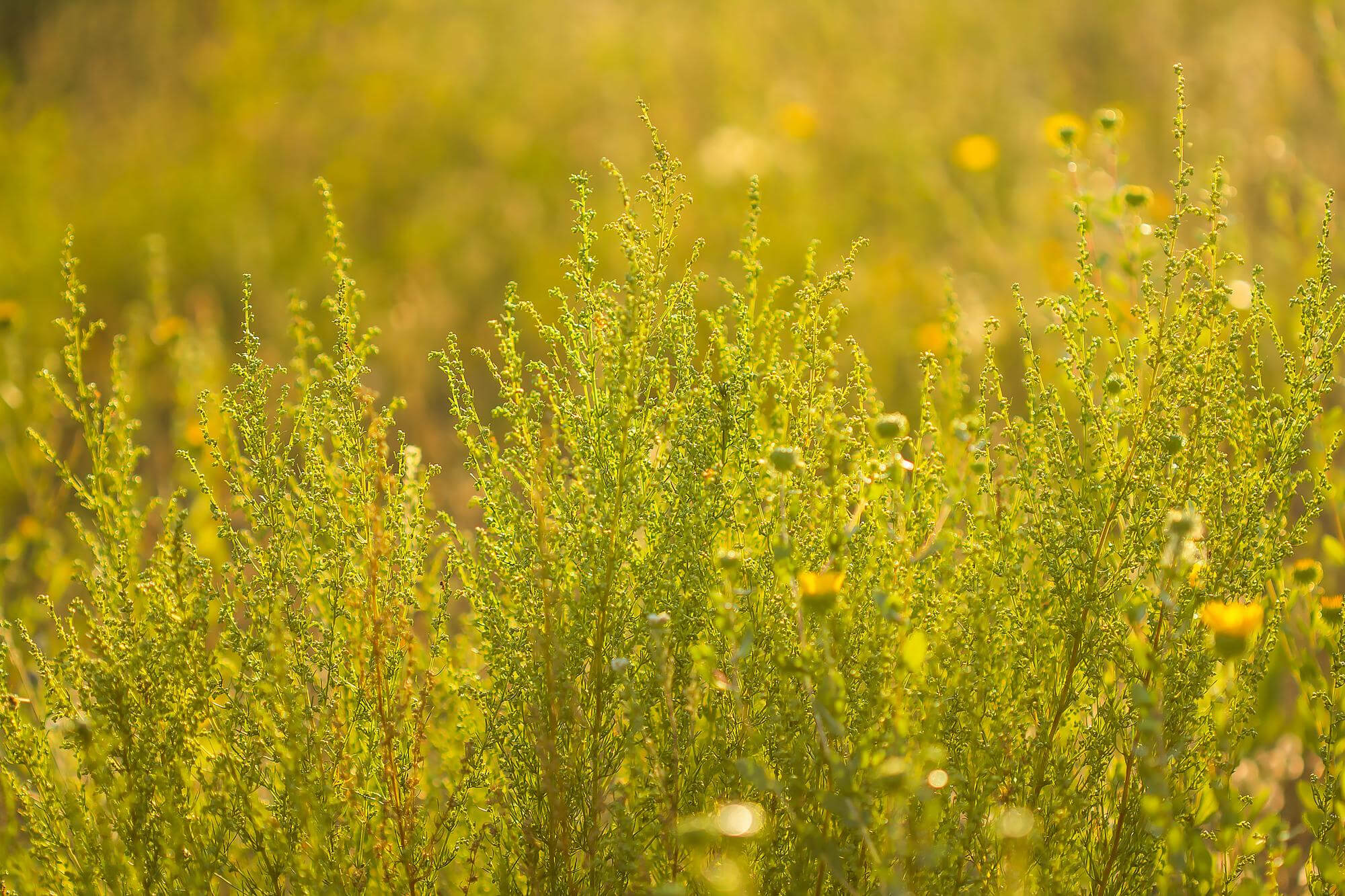
The cause of wormwood allergy is the body's immune system reaction to the pollen of this plant. The impact of wormwood allergens can cause a reaction in both adults and children. Cross-allergy with other plants can also exacerbate symptoms in sensitive individuals.
Wormwood allergy symptoms
Wormwood allergy symptoms can be diverse, including skin lesions, respiratory tract and eye disorders.
- Among the skin symptoms of wormwood allergy, one can identify urticaria, itching, redness, swelling, and dryness. In children and adults, these manifestations can be of varying degrees of severity.
- Respiratory symptoms of wormwood allergy include sneezing, itching in the nose, runny nose, difficulty breathing, and coughing. In some cases, allergic rhinitis or bronchial asthma may develop.
- Wormwood allergy can cause conjunctivitis, itching and tearing of the eyes, swelling of the eyelids, and hyperemia.
Wormwood allergy diagnosis
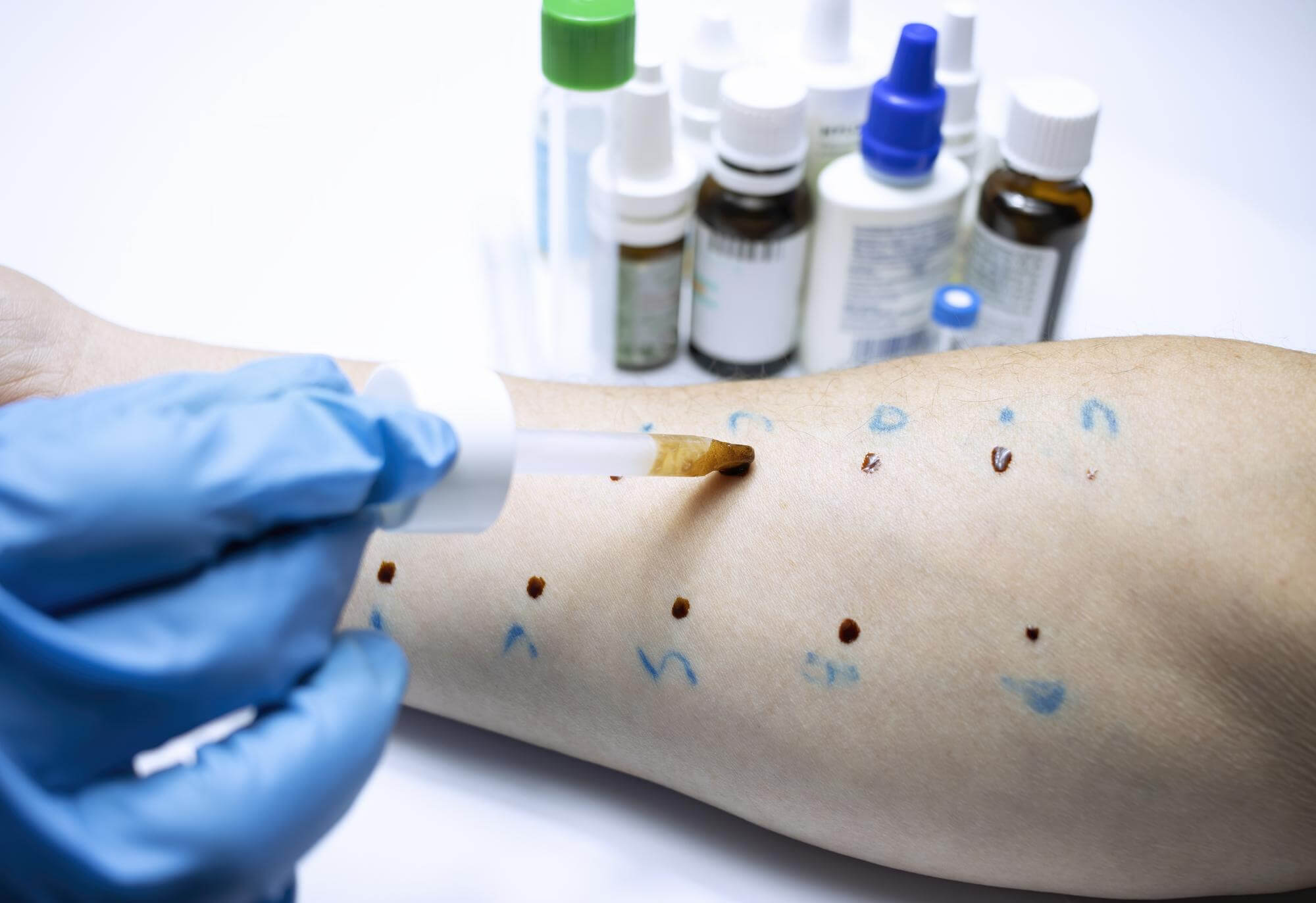
Various diagnostic methods are used to determine wormwood allergy.
- Skin tests help identify wormwood allergy by applying a small amount of allergen to the patient's skin. In case of a positive reaction, redness and itching form at the application site.
- A blood test for allergens helps detect the presence of antibodies to wormwood allergens. This diagnostic method is less invasive and can be used to determine allergies in children and adults.
- The prick test involves the patient coming into contact with the allergen under the supervision of a doctor. This method is used to confirm the diagnosis and determine the degree of sensitivity to the allergen.
Wormwood allergy treatment
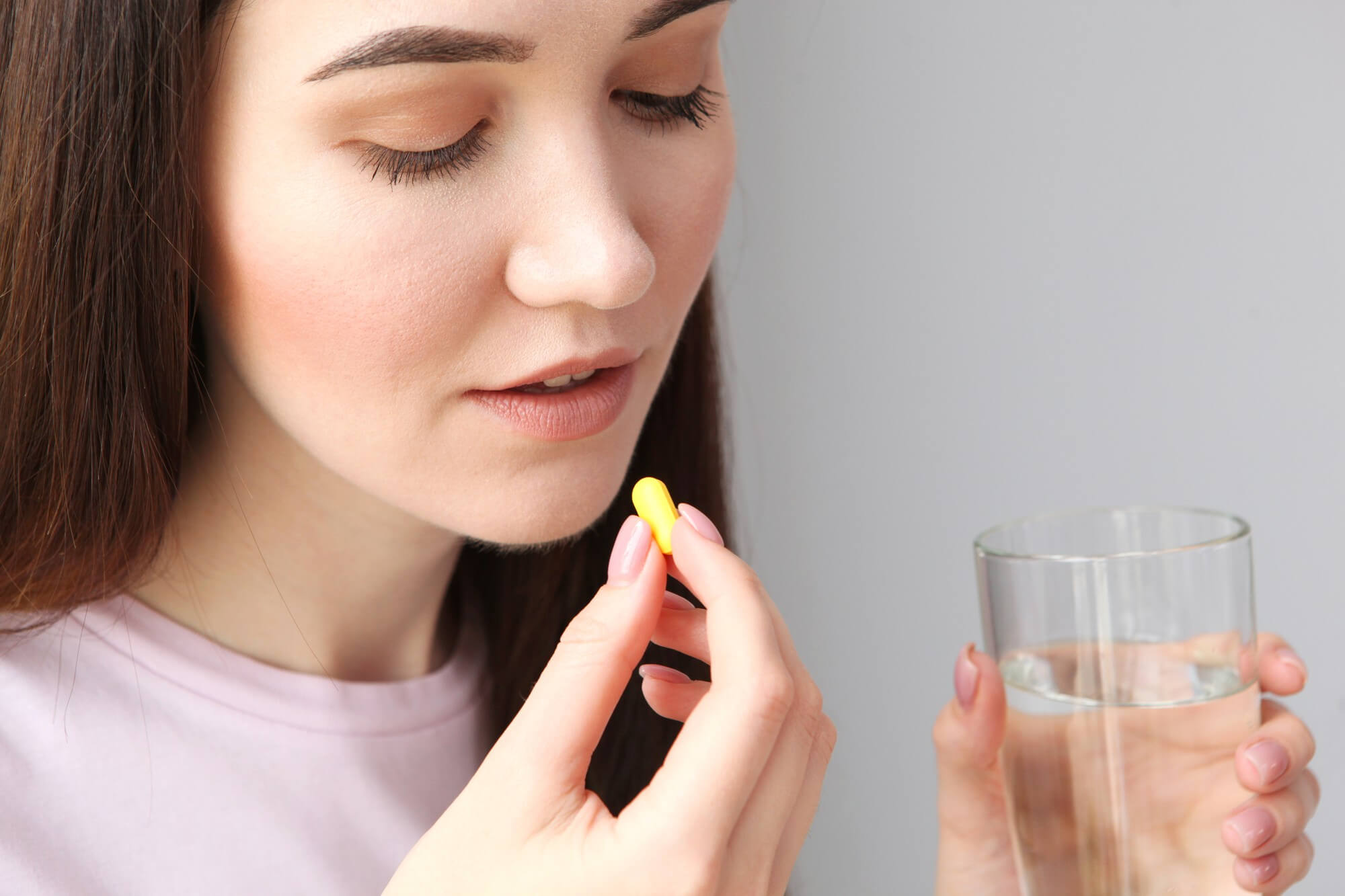
Wormwood allergy treatment involves the use of various medications and methods.
Antihistamines (Cetirizine, Loratadine, Fexofenadine), such as tablets or syrups, help reduce wormwood allergy symptoms by reducing itching, swelling, and redness.
Corticosteroids (Hydrocortisone, Betamethasone, Prednisolone), in the form of ointments, creams, or inhalations, may be prescribed to relieve inflammation and wormwood allergy symptoms, especially in respiratory diseases.
Topical preparations (Fenistil gel, Mentholatum, Atarax, Hydroxyzine), such as creams, ointments, and gels, help relieve itching, swelling, and redness of the skin in wormwood allergy.
Specific immunotherapy
Specific immunotherapy (SIT) involves the administration of small doses of wormwood allergen to gradually reduce the body's sensitivity. This method can be effective with long-term use and can significantly improve the patient's quality of life.
Wormwood allergy prevention
Wormwood allergy prevention aims to reduce contact with allergens and maintain a healthy lifestyle.
- Try to avoid contact with wormwood pollen during its flowering period. Use masks and goggles when going outdoors, close windows in your home and car, and wash your clothes after walks.
- Humidifiers and air purifiers help reduce the amount of allergens in the room, which is beneficial for allergy sufferers.
Proper nutrition for allergy sufferers

Proper nutrition plays an important role in the prevention of wormwood allergy. The table of foods to avoid includes products that cause cross-allergy:
Vegetables and greens:
- carrots
- celery
- parsley
- dill
- rutabaga
- radish
- paprika
- bell pepper
Fruits:
- apples
- peaches
- apricots
- cherries
- sour cherries
- plums
- pears
- watermelon
Nuts and seeds:
- sunflower
- walnut
- almonds
Spices:
- coriander
- cumin
- anise
- nutmeg
- cloves
- curry
- cardamom
In case of wormwood allergy, it is recommended to pay attention to these products and exclude them from the diet or limit their consumption, especially during allergy exacerbation periods. It is important to remember that the reaction to these products can be individual, so it is advisable to consult an allergist before changing your diet.
Wormwood allergy is a serious condition that requires attention and proper treatment. Thanks to modern diagnostic and treatment methods, including the use of antihistamines, corticosteroids, and immunotherapy, it is possible to control allergy symptoms and improve patients' quality of life. Preventive measures, such as avoiding contact with the allergen, using humidifiers and air purifiers, as well as proper nutrition, will help reduce the risk of developing a wormwood allergy and alleviate its symptoms.
New materials
Popular Articles
We recommend reading
Contact us in the Contact Us section to ask questions, offer ideas, or for more information about our allergy resource.
Our articles are your trusted source of allergy knowledge. Learn how to make life with allergic reactions easier on our specialized portal.
©
Lechenie-Allergii.com. All rights reserved.
© Lechenie-Allergii.com. All rights reserved.
The information on this site is for informational purposes only and is not a substitute for professional medical advice. We recommend consulting with qualified medical professionals for accurate information and advice.
 English
English  Українська
Українська  Русский
Русский 
